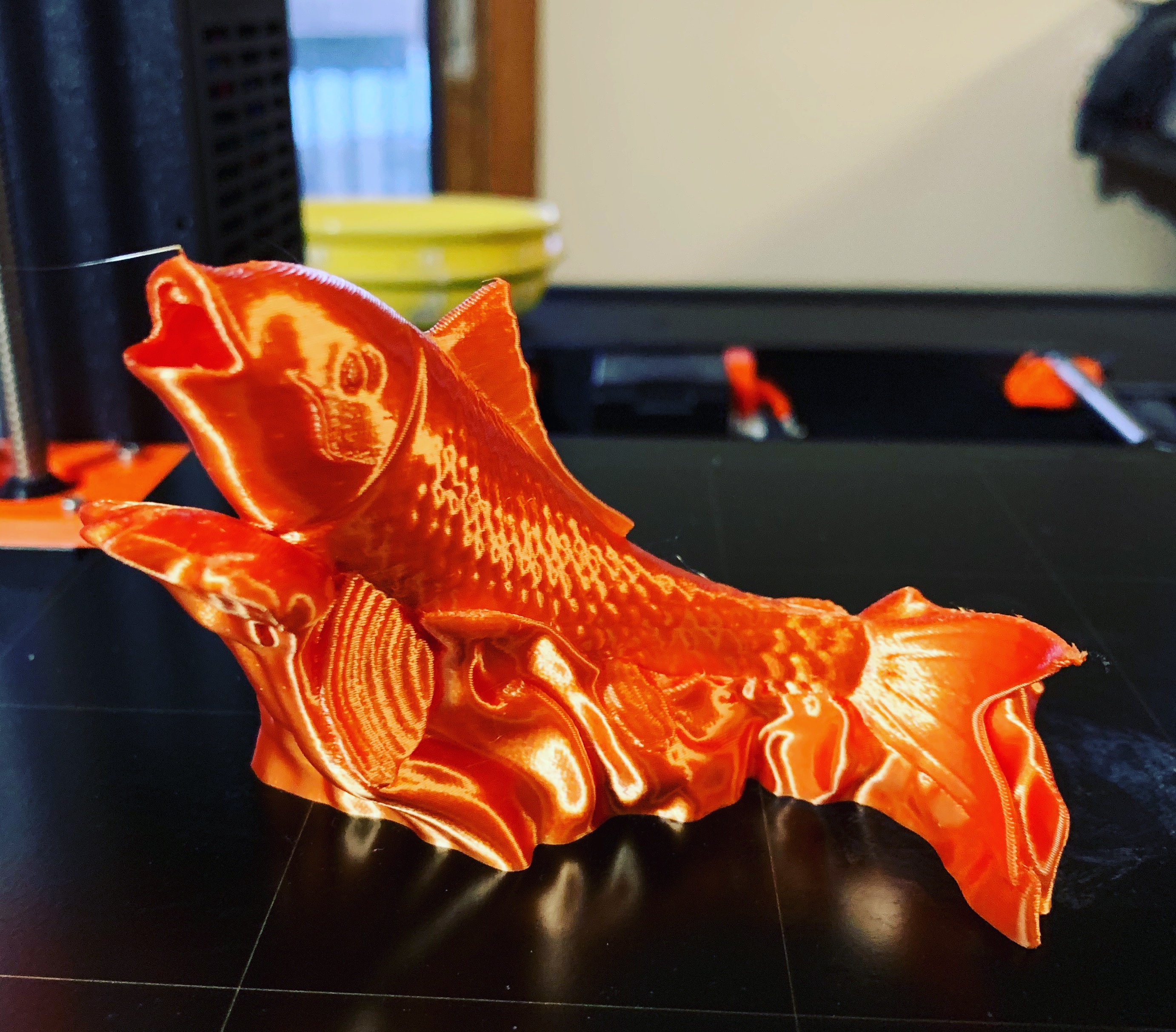

If you have any queries regarding this article, please ping us through the comment section below and we will get back to you as soon as possible.If you want to learn to draw realistically, 3-D shapes are a foundation for doing so. Now you are provided with all the necessary information on the 2D drawing of 3D shapes and we hope this detailed article is helpful to you. Triangle, square, and rectangle are examples of \(2D\) shapes, while cube, cuboid, and prism are examples of \(3D\) shapes. Two-dimensional shapes have an area but no volume, whereas three-dimensional shapes have a surface area and a volume. \(3D\) shapes have length, width, and height, whereas \(2D\) shapes only have length and width. What are the differences between 3D and 2D shapes?Īns: The following are the differences between a \(2D\) and a \(3D\) shape. Three dimensions make up a three-dimensional shape: length, width, and height. What is the relationship between 2D and 3D shapes?Īns:A two-dimensional shape has two dimensions: length and width. What is the 2D surface of a 3D shape?Īns:A face is a \(2D\) shape that makes up one of a \(3D\) shape’s surfaces, an edge is where two faces meet, and a vertex is a geometric object’s point or corner. Step 4: Redraw the hidden edges using dotted lines. The faces must be the same size, although the sketch is somewhat offset from step \(1.\) Step 2: Draw the face on the opposite side. Step 1: Make a drawing of the front face. An oblique sketch of a solid, that’s what it’s called. The lengths in the drawn picture are not equal, as they should be in a cube. It gives a clear picture of how the cube appears from the front. How do we draw solids on a flat surface?Īns: We shall use Oblique Sketch in this case.Ī cube is depicted here. There are two ways to draw three-dimensional figures: Isometric sketches and oblique sketches. What are 3D solid figures with flat surfaces?Īns: Because our drawing surface is flat paper, we distort the images to make them appear three-dimensional when we draw a solid shape. Each cube’s face is connected to four vertices and four edges, whereas the vertex is connected to three edges and three faces, and the edges are connected to two faces and two vertices. The faces of a cube share a common boundary known as the edge, which is also known as the edge’s bounding line. Six square faces, eight vertices, and twelve edges make up a cube.īecause the \(3D\) figure is a square with all sides equal in length, the length, breadth, and height of a cube are all the same. One of the five platonic solids, the cube is sometimes known as a regular hexahedron. Let’s have a look at the different types of solid shapes:Ī cube is a three-dimensional solid object with six square faces with equal length sides. These take up some room and have length, width, and height.


Look around! Solid shapes include those three-dimensional objects, such as a book, cell phone, birthday cap, football, and so on. Solid shapes represent three-dimensional objects.
3D CARP DRAWING ON FLAT PAPER HOW TO
How to View Different Sections of a Solid? Types of Solids We connect with them via touching, experiencing, and interacting with them. These solid shapes occupy space and are common in our daily lives. Solid shapes are also referred to as three-dimensional shapes. Solids are three-dimensional figures having dimensions: length, breadth, and height.


 0 kommentar(er)
0 kommentar(er)
